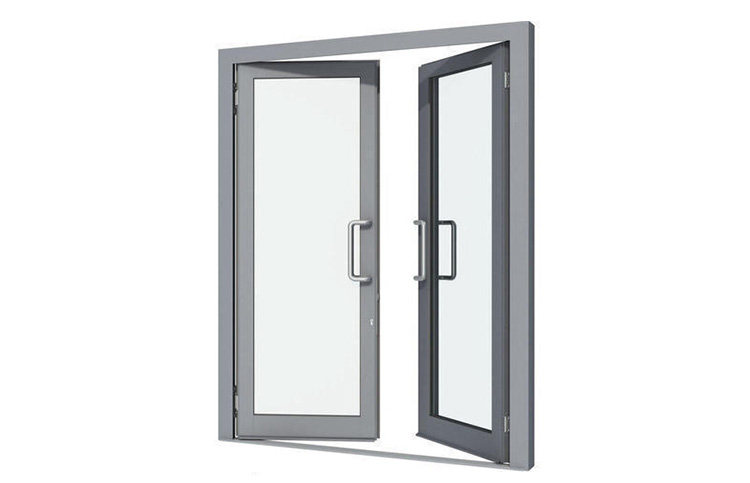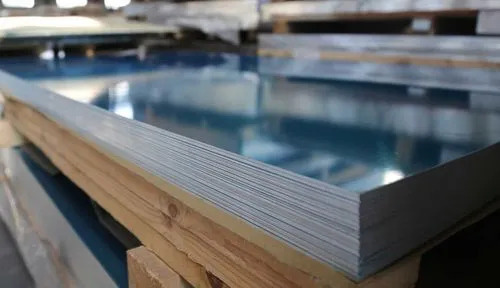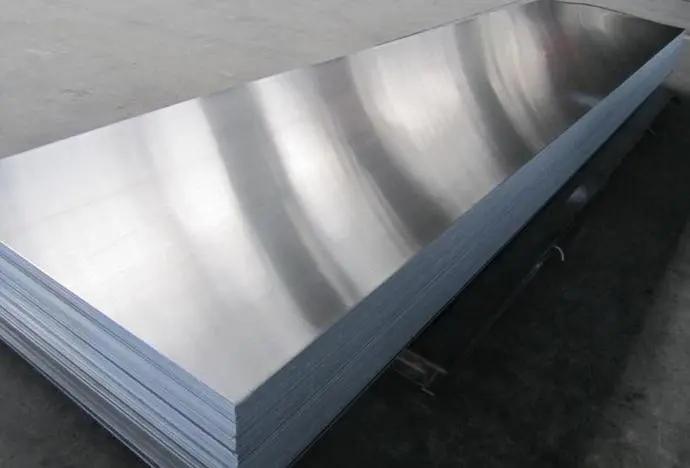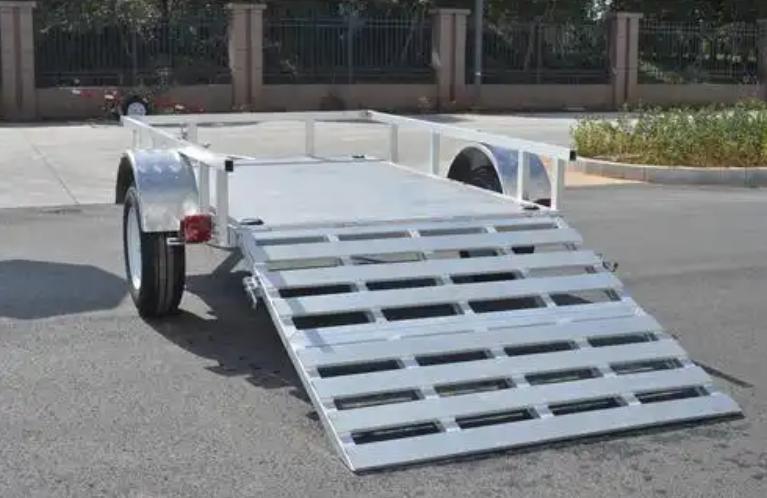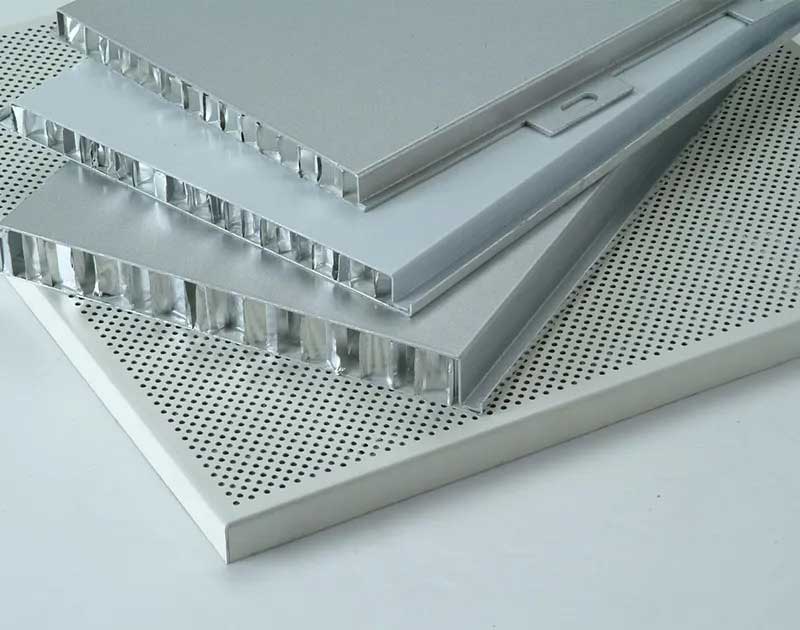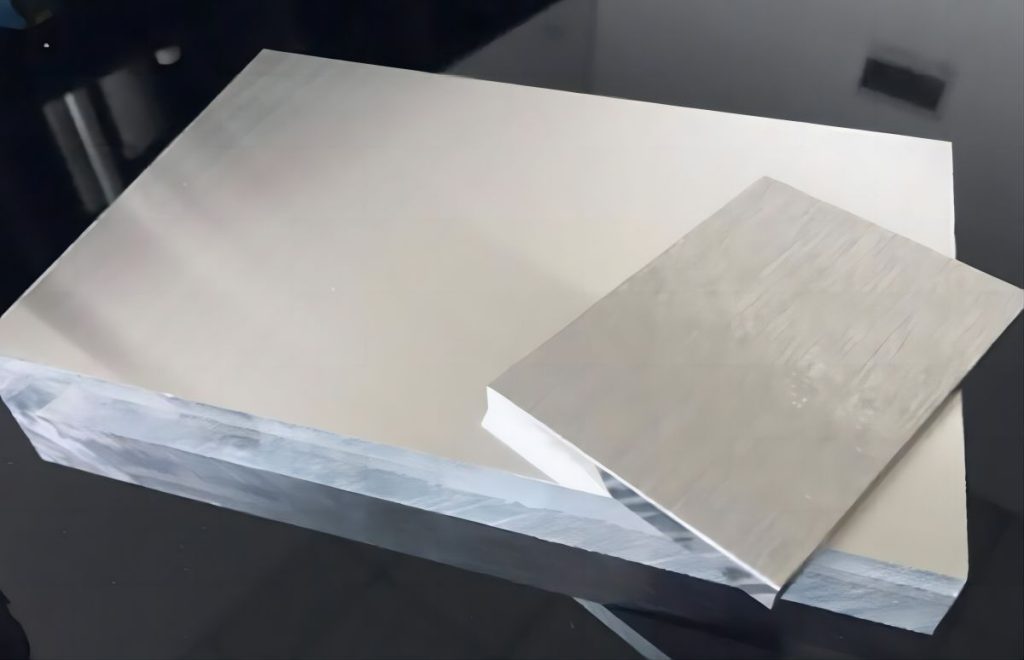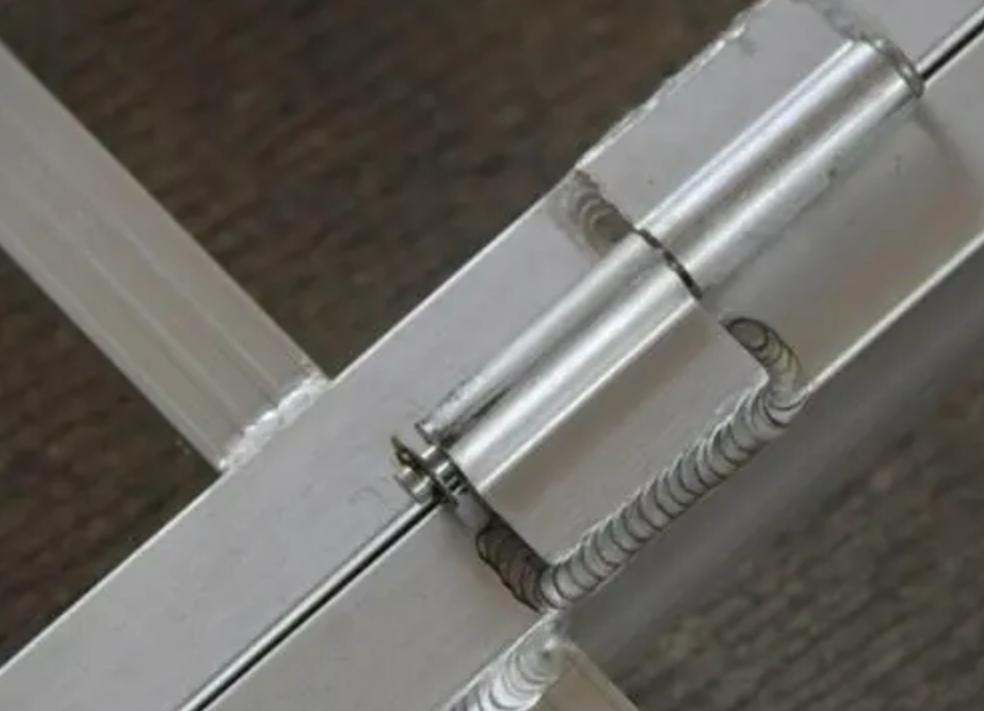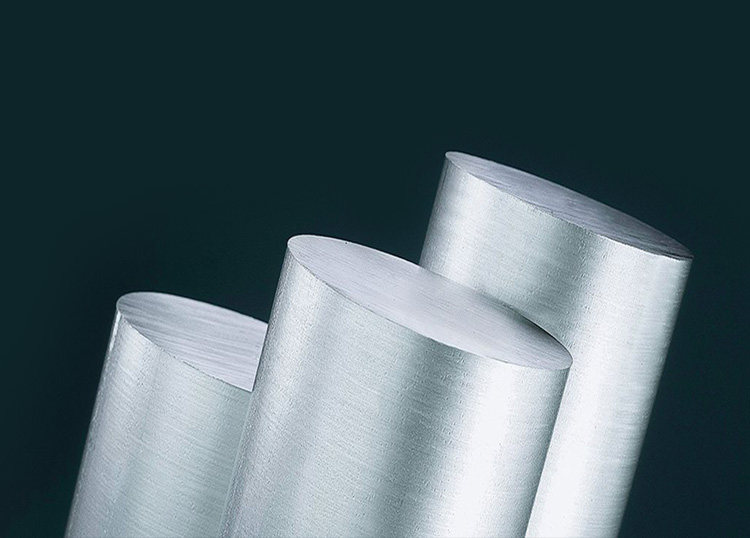With the improvement of people’s quality of life, while the styles and functions of cooking utensils are diversified, it is also required to optimize technology and materials in production and processing to improve the performance of cooking utensils. People use different single metal or alloy materials for mold production, and through the use of special tool operations to complete the shape control and attribute control of the metal, the process optimization and rapid production of cookware are realized, so the choice of metal materials has become the most important. important. The aluminium alloy circle used in this paper shows strong enough advantages in the manufacture of cookware, and is a deep processing product of aluminum alloy plate with the largest amount.
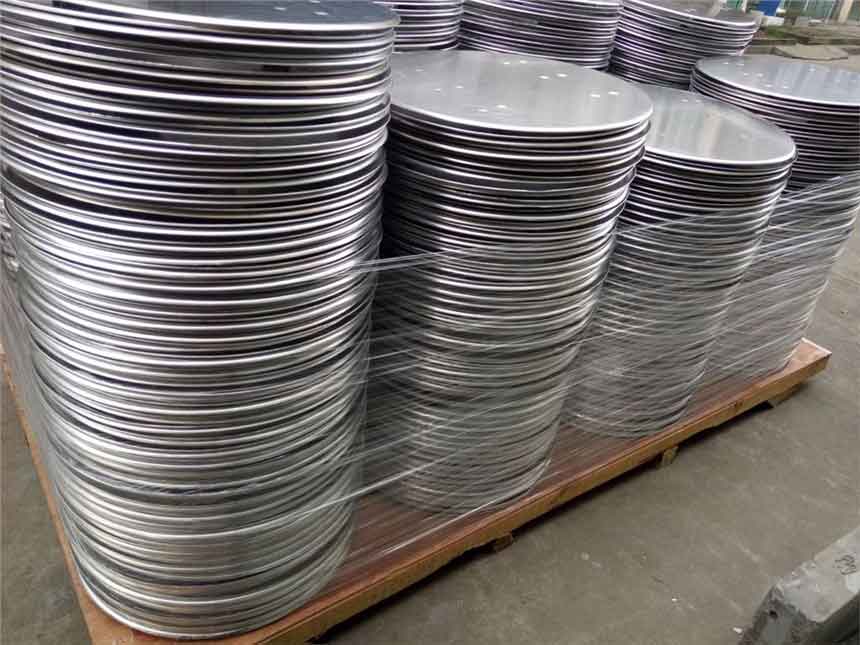
What is Aluminum Circle?
Wafers are widely used in electronic instrument components, daily chemical products, medical equipment, cultural and educational and auto parts, household appliances, thermal insulation equipment, machinery manufacturing, automobiles, aerospace, military industry, molds, construction, printing and many other industries. One of the deep processing products is aluminum circle. In these applications, cookware, as the most concentrated product with aluminum circles, is actively improving the production level to ensure the optimization of process performance, so that aluminum circles show more advantages in the manufacture of cookware.
Why is Aluminum Circle So Commonly Used?
At present, the most advanced equipment for the production of finished aluminum wafers is the aluminium wafer uncoiling and blanking production line. Such an automatic production line is a fully automatic and integrated aluminum wafer production equipment, which can effectively improve the utilization rate of materials and is far superior to other wafers. Blanking method. The aluminum wafer uncoiling and blanking production line equipment can directly complete the wafer stamping and blanking on the aluminum coil without slitting and cutting.
Aluminum Circle in Cookware Manufacturing
According to incomplete statistics, about half of the cooking utensils in the world are made of aluminum. The thermal efficiency of cooking is as high as 93%, while stainless steel and cast iron are only 1/3 of that of aluminium. The use of aluminum circles to manufacture cookware will greatly increase the physical and chemical properties of the cookware, so that the electrical conductivity, thermal conductivity, heat resistance and other properties of the cookware can be improved, providing a guarantee for making a good diet.
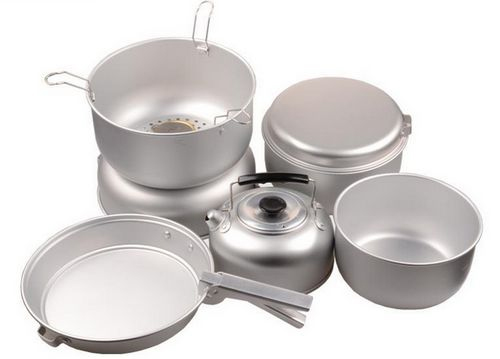
What Process Will Aluminum Circle Experience?
The production process of cooking utensils mainly includes cutting, deep drawing, aligning, bottoming and cleaning. In the blanking process, the metal materials for cooking utensils should be screened first. Since cookware needs to maintain good thermal conductivity and at the same time achieve stable chemical properties during high-temperature grilling, the metal materials made of cookware have a strict scope of the investigation.
The deep drawing process is mainly done on the hydraulic press with the help of molds. There are basically two types of production molds: concave molds and punches, or are called static molds and dynamic molds. The process of deep drawing deformation is to make the material pull down in the die through the lower pressure of the punch, and gradually form the prototype of the cooker. The selection of the mold meets the requirements of wear resistance, strength and toughness, not outstanding fatigue fracture performance, good tempering resistance stability, cold and thermal fatigue resistance, and corrosion resistance.
What Material Does Aluminum Circle Contain?
Due to the softness of aluminium, more metals such as magnesium, copper and bronze are added to make it into an aluminum alloy to increase its strength. Die-cast aluminum tends to be thicker than stretched aluminum, making this construction more suitable for heavy stock pots. Since die-cast aluminum is prone to tiny pores in production, its thermal conductivity is much lower than that of stretched aluminum. Anodized aluminum is hard and not easy to react with other substances because it forms an oxide layer on the surface, which plays a protective role. At present, most of the cookware on the market is based on manganese aluminum alloy. The combination of manganese and aluminum metals in the manufacture of cookware can effectively promote each other’s physical and chemical properties.
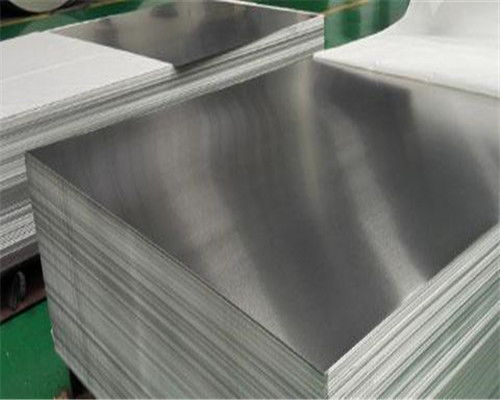
The Strength of Aluminum Circle Cookware
The process performance of aluminum-manganese alloy wafers in the manufacture of cookware will be circleussed from forgeability, machinability, rust and corrosion resistance, insensitivity to quenching deformation and cracking tendency, grindability, shrinkage, thermal cracking, gas Confidentiality, etc.
- Forgeability
The forgeability of aluminum-manganese alloys also refers to the ductile properties of aluminum. It can be drawn twice in the deep drawing process of the cooker, which directly shows the special characteristics of aluminum metal in forceability.
- Machinability and Grindability
Machinability and grindability are two different processing methods to illustrate the advantages of aluminum-manganese alloys in cookware manufacturing. Through continuous cutting and grinding, the particles become uniform, the surface is smooth and shiny, and there is no wire drawing, pad printing, scratches, etc. The cookware thus obtained naturally reflects the excellent workmanship and full aesthetics.
- Anti-rust and Anti-corrosion
Anti-rust and anti-corrosion, it is precisely due to the addition of manganese alloy elements in aluminum metal that cookware products have excellent anti-rust properties, good formability, weldability and corrosion resistance.
- Shrinkage of Alloy
The shrinkage of alloy has a decisive influence on the manufacturing quality of the cookware product. It affects the formation of cracks and changes in size. Cooking utensils may not be available for sale due to the wrong size. Aluminum-manganese alloys have strong shaping ability, moderate hardness, and can stabilize their own dimensional changes.
In the manufacture of cooking utensils, aluminum-manganese alloys do not have cracks, mainly because their shrinkage stress far does not exceed the bonding force between metal grains, and each surface maintains a significant metallic luster.
The composition properties of aluminum-manganese alloys directly affect the airtight process performance of the alloys. If the initial solidification range of the alloy is smaller, the smaller the tendency of porosity will be generated between the molecules, and the smaller the pores that can keep the gas evolution, the higher the air tightness of the alloy will be.
Conclusion
It is precisely because the aluminum-manganese alloy circle can integrate the characteristics of the elements in the alloy and achieve better process performance in the manufacture of cookware, which makes the aluminum circle the best choice for the manufacture of cookware among many metal materials. At CHAL, aluminum circle is one of our best sales, we have decades of aluminum manufacturing experience, so we can be your best choice if you are looking for a reliable aluminum circle provider.


